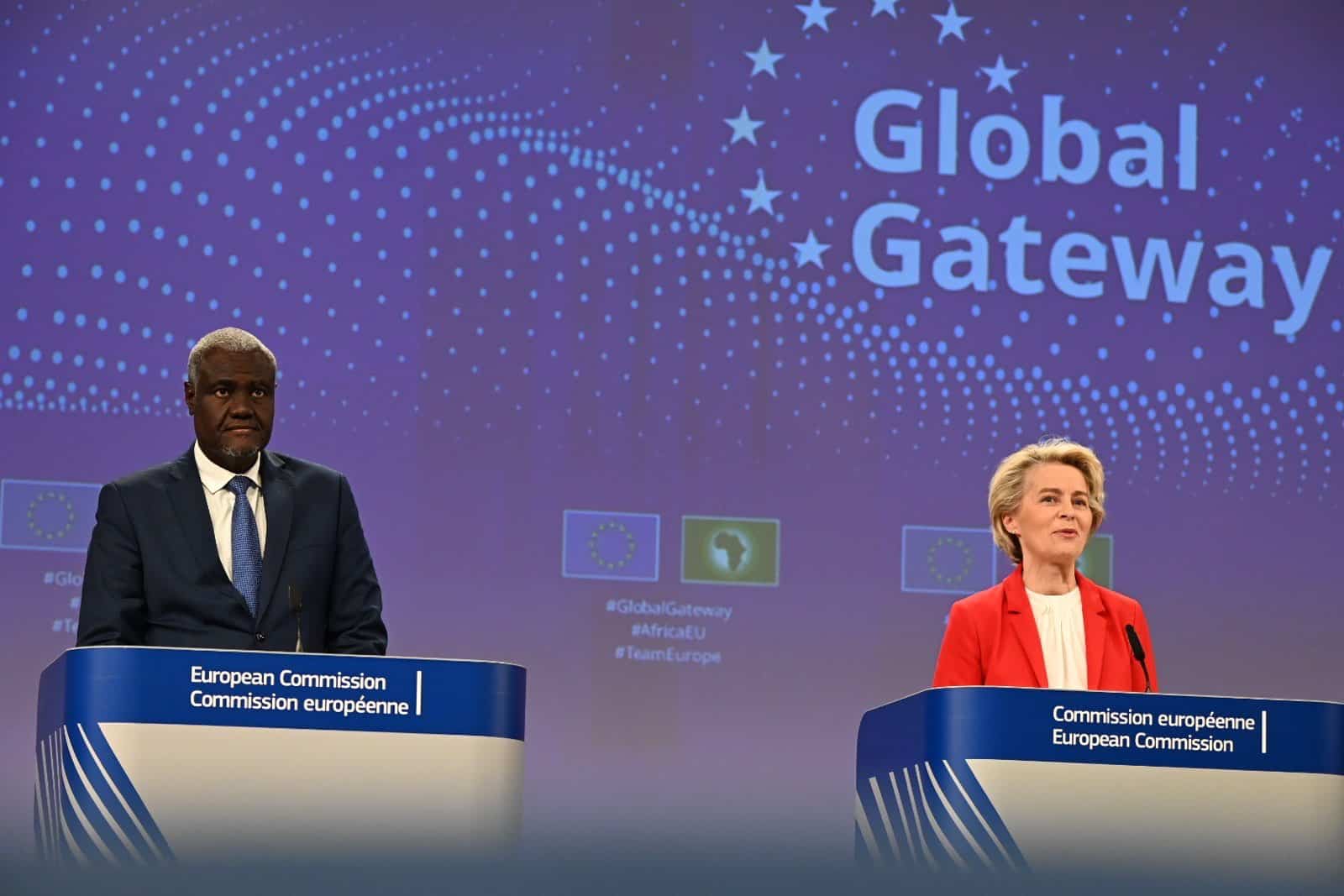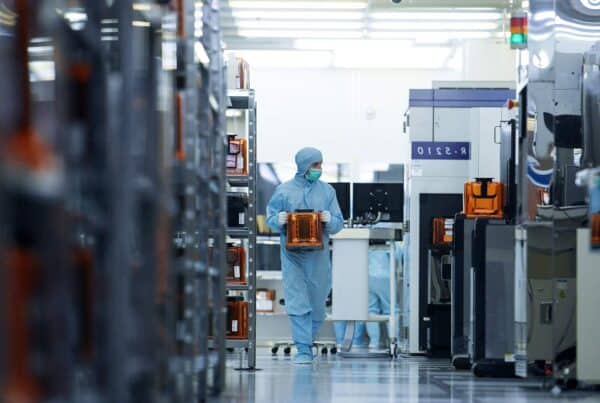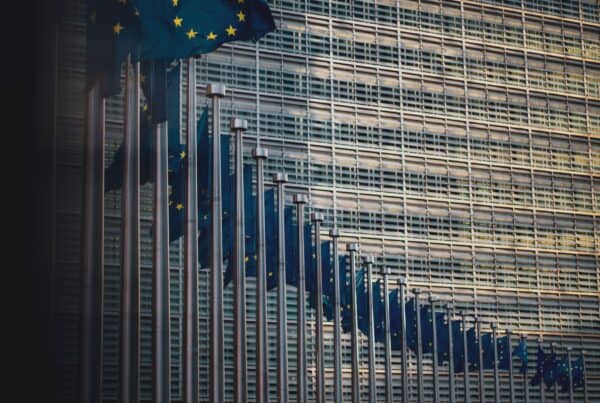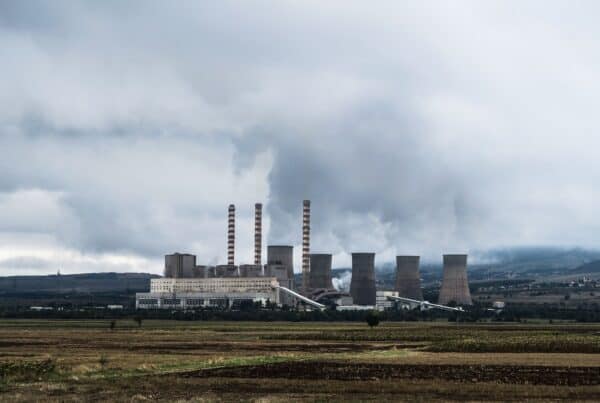You can find part 1 here.
The European Union’s response to China’s global trade and infrastructure programmes is now materialising.
Europe’s major Global Gateway initiatives aim to provide developing nations with an alternative to China’s Belt and Road Initiative, which projects Beijing’s clout along critical trade routes through port improvements, energy schemes, and telecommunications networks.
The initial projects of the EU’s Global Gateway include a digital cable beneath the Black Sea, a submarine optical fibre cable connecting the nations of the Mediterranean and Northern Africa, and a dam and hydropower plant in Cameroon.
The EU also has many projects planned in China’s neighbourhood, including a cooperation with Indonesia on energy transition and a digital connection initiative in the Philippines. The same is true for several projects in Russia’s immediate neighbourhood, including a hydrogen project in Kazakhstan, a rail connection in Central Asia, two projects in Mongolia, and a hydropower facility in Tajikistan.
However, the West has often been criticised for its disjointed and tardy response to the Belt and Road Initiative. People ignore the Global Gateway project and its particular purpose; the programme is vague and financially dubious, and it duplicates or overlaps other already-established development efforts.
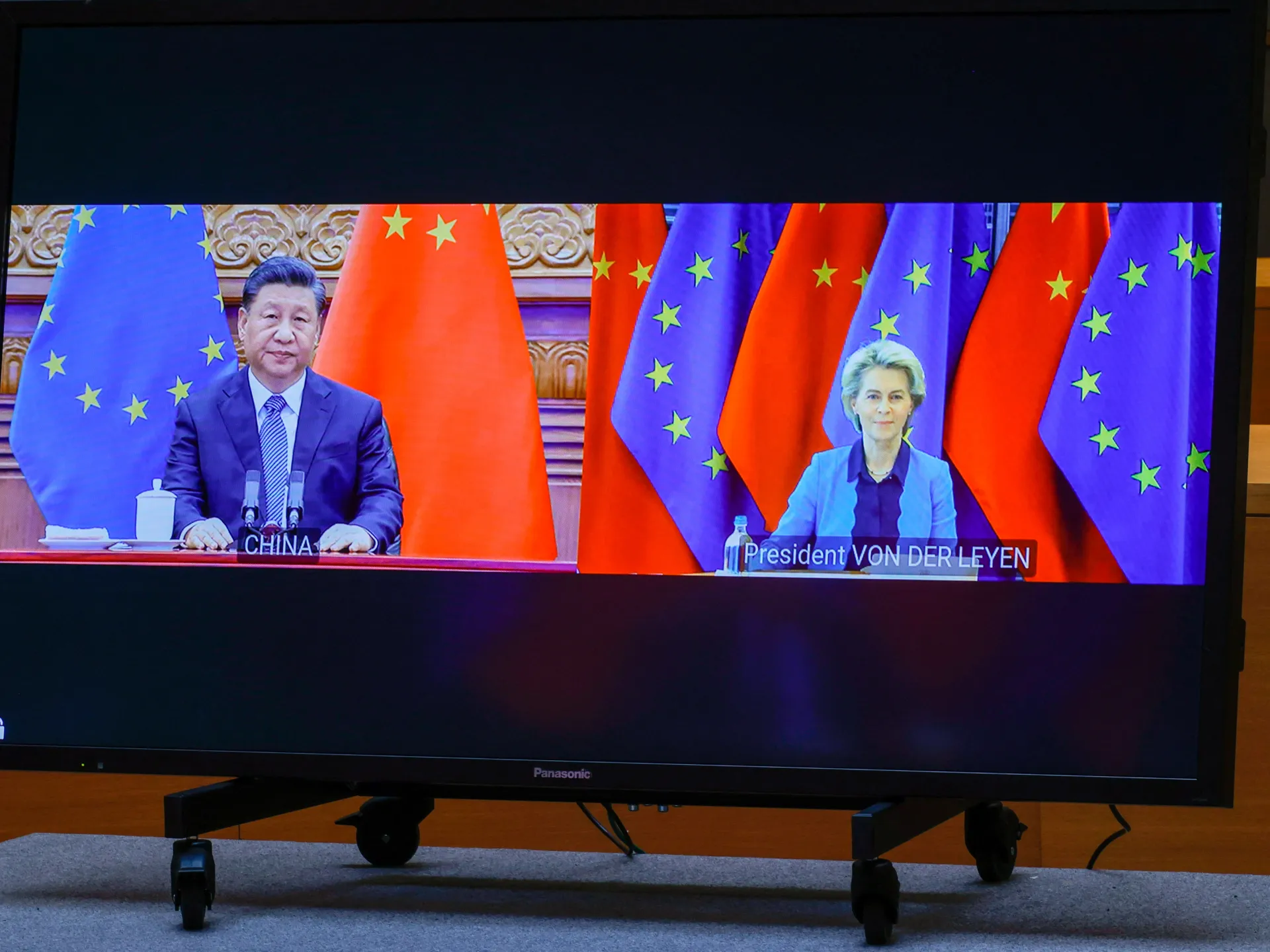 Main criticism surrounding the Global Gateway initiative
Main criticism surrounding the Global Gateway initiative
EU citizens are generally unaware of the Global Gateway and what it accomplishes, as well as the EU’s financing of FDIs. The EU fails to emphasise that, as a whole, it is the greatest supplier of foreign aid, contributing, for example, more than 50 billion euros annually to combat poverty and promote global development.[1] Aside from von der Leyen’s December 2021 announcement of the Global Gateway, the EU has remained rather quiet.
There are a few publications on the development and brief descriptions of the Global Gateway’s operations. In comparison to the BRI, however, there is little to no publicity. In fact, compared to the BRI, the Global Gateway’s footprint in Africa is relatively unknown. According to Emmanuel Matambo, director of research at the University of Johannesburg, the EU failed to advertise as well as Beijing.[2] Despite the grandiose language contained in the European Commission’s statement, the EU has failed to promote and sell the Global Gateway inside the EU and internationally.
In addition, despite the fact that ‘transparency’ is one of the primary characteristics of the Global Gateway, the effort lacks clarity on what it is; project specifics, funding, inadequate online information, and uncertain governance. Sowing confusion among EU officials and the general public.
Although it was reported that 300 billion euros will be spent internationally between 2021 and 2027, Vincent Grimaud, the interim Director of the Commission’s Directorate for International Partnerships, indicated that there is no new funding at the EU level.[3] The sum of 300 billion euros pales in comparison to the one trillion dollars that China has already invested. A second spokeswoman for the European Commission was unable to disclose the amount of money spent, but confirmed that there is no single list of planned projects.[4]
The Commission’s Directorate-General for International Partnerships has been charged with managing the Global Gateway’s implementation.[5] However, it is uncertain how the initiatives will be reviewed and monitored. Overall, the initiative’s structure is weak, rendering it superficial. The EU undermines the aim of the Global Gateway and makes it undesirable for private investment and ‘Team Europe’ member states to contribute.
This raises the question of how feasible the EU’s envisioned pool of financial resources is. From 2021 through 2027, the EU will invest 300 billion euros and the projected funding will come from a variety of EU financial institutions. The majority of EU financing will come from the Neighbourhood, Development, and International Cooperation Instrument (135 billion euros), followed by EU grant money (18 billion euros) and European financial and development finance institutions (145 billion euros).[6]
The remainder is anticipated to be provided by member states and private investment. Due to the larger risk element, the EU is ineffective at enabling private investment outside of Europe. Similarly, member states do not place their public cash in the EU’s foreign development finance. Consequently, the EU wants to address the issue of private capital and member state investment by potentially establishing a European Export Credit Facility.[7] The European Investment Bank asserts that “the Global Gateway strategy is on track” to reach the €300 billion goal.[8] Notably, in the past, the European Court of Auditors termed the leverage mechanism’s promise as “hopes and expectations,” and only time will tell if the whole amount will be mobilised.[9]
Nevertheless, the timing of this endeavor is unknown, and whether the EU will be able to achieve the 300 billion euros promised by 2027 is even harder to conceptualize in reality. Even if the EU was to achieve a pooling of private and EU member states capital, 300 billion euros is a meager amount compared to China’s BRI at over a trillion dollars spent up to date.
Old projects with new names?
Given that the EU already has established development projects, it is unclear how the Global Gateway represents a new endeavour.
Existing regional development initiatives include the EU’s Neighbourhood, Development, and International Cooperation Instrument, the Juncker Plan, the External Investment Plan, the European Bank for Reconstruction and Development, and others.[10]
In addition, it is anticipated that the finance would be redirected from existing initiatives and projects already scheduled to be completed under the present frameworks, but rebranded as part of the Global Gateway. This renders either the Global Gateway or the current development programmes useless. Both are currently operational, and their objectives overlap, making separation difficult.
Nonetheless, the Secretary-General of the European External Action Service, Stefano Sannino, highlights the distinction by stating that the Global Gateway “takes more into account European interests as well, seeking to build mutually beneficial partnerships” as opposed to merely providing development financing to countries.[11]
The Global Gateway programme may be more of a geopolitical instrument than a development assistance initiative. However, it is unclear in what ways this is the case and why the overlapping programmes continue to operate if funding and projects are taken by the Global Gateway.
Additionally, there is the matter of what is given under the Gateway. The Commission issued a list of Global Gateway Flagship projects earlier this year. The primary focus of the projects is climate and energy, with 49 projects falling under these categories and the other projects focusing mostly on transportation.[12] Few projects are focused on health and education. Many of the examples of Gateway initiatives previously existed under the Team Europe Initiative’s umbrella.[13]
Even if you disregard the lingering doubts regarding its governance model, which remains at best ambiguous, particularly in regards to the role of its new Business Advisory Council, it is difficult not to conclude that the new Global Gateway offers nothing that is novel.
It is therefore not surprising that the European Parliament appears confused about its direction and objectives, as evidenced by a recent discussion in which several MEPs were uninformed of its purpose.[14]
Sadly, it appears that the EU has sought to integrate conflicting concerns without making additional relevant financial commitments. This leaves the attempt to establish a strategy that affixes geopolitical and economic interests to development objectives, devoid of substance and genuine potential.
References
- https://commission.europa.eu/aid-development-cooperation-fundamental-rights/human-rights-non-eu-countries/recipients-and-results-eu-aid_en ↑
- https://www.scmp.com/news/china/diplomacy/article/3204431/one-year-eu-alternative-chinas-belt-and-road-fails-deliver ↑
- https://www.scmp.com/news/china/diplomacy/article/3204431/one-year-eu-alternative-chinas-belt-and-road-fails-deliver ↑
- https://www.scmp.com/news/china/diplomacy/article/3204431/one-year-eu-alternative-chinas-belt-and-road-fails-deliver ↑
- https://www.idos-research.de/en/briefing-paper/article/europes-global-gateway-a-new-geostrategic-framework-for-development-policy/ ↑
- https://commission.europa.eu/aid-development-cooperation-fundamental-rights/human-rights-non-eu-countries/recipients-and-results-eu-aid_en ↑
- https://www.idos-research.de/en/briefing-paper/article/europes-global-gateway-a-new-geostrategic-framework-for-development-policy/ ↑
- https://www.eib.org/en/press/all/2023-187-global-gateway-commission-eib-announce-funds-eur-18-billion-boost-investments-climate-action-sustainable-economies ↑
- https://www.devex.com/news/auditor-says-eu-s-guarantee-experiment-still-just-hopes-and-expectations-98147 ↑
- https://www.clingendael.org/publication/global-gateway-positioning-europe-sustainable-future ↑
- https://foreignpolicy.com/2023/01/10/europe-china-eu-global-gateway-bri-economic-development/ ↑
- https://international-partnerships.ec.europa.eu/publications/global-gateway-2023-flagship-projects-infographics_en ↑
- https://international-partnerships.ec.europa.eu/policies/team-europe-initiatives_en#:~:text=on%20the%20ground.-,What%20is%20Team%20Europe%3F,more%20effectiveness%20and%20greater%20impact. ↑
- https://www.europarl.europa.eu/doceo/document/CRE-9-2023-01-19-ITM-005_EN.html ↑


